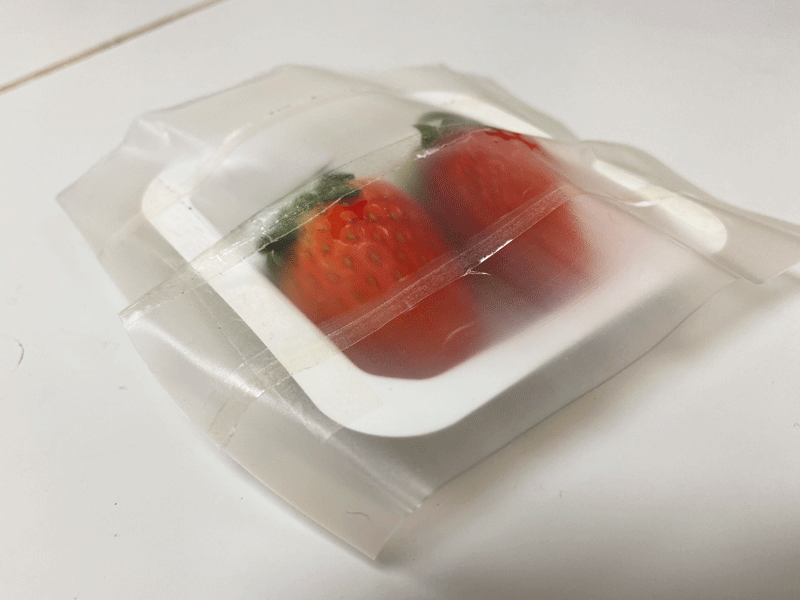Food packaging corners bacteria
A smart food packaging using corn proteins and infused with antimicrobial active ingredients (AIs) is said to kill bacteria in food and extend shelf-life by two to three days.

A team from Nanyang Technology University (NTU) Singapore and Harvard University, USA, are using zein corn protein, starch and other biopolymers, steeped with a cocktail of natural antimicrobial compounds.
The scientists explain in their research paper, Enzyme- and relative humidity-responsive antimicrobial fibers for active food packaging, published in ACS Applied Materials & Interfaces, that ‘cellulose nanocrystals (CNCs), zein (protein), and starch were electrospun to form multi-stimuli-responsive fibres that incorporated a cocktail of both free nature-derived antimicrobials, such as thyme oil, citric acid and nisin, and cyclodextrin-inclusion complexes (CD-ICs) of thyme oil, sorbic acid and nisin’.
Professor Mary Chan, Director of NTU Singapore's Centre for Antimicrobial Bioengineering, says, ‘In lab experiments, when exposed to an increase in humidity or enzymes from harmful bacteria, the fibres in the packaging have been shown to release the natural antimicrobial compounds, killing common dangerous bacteria that contaminate food, such as E. Coli and Listeria, as well as fungi.
‘The packaging is designed to release the necessary miniscule amounts of antimicrobial compounds only in response to the presence of additional humidity or bacteria. This ensures that the packaging can endure several exposures, and last for months.’
The paper continues, ‘Enzyme-responsive release of free AIs is achieved due to the degradation of selected polymers, forming the backbone of the fibres. For instance, protease enzyme can degrade zein polymer, further accelerating the release of active ingredients from the fibres. Similarly, relative humidity (RH)-responsive release is obtained due to the unique chemical nature of cyclodextrin-inclusion complexes, enabling the release of active ingredients from the cavity at high RH’.
In testing, strawberries that have been wrapped in the packaging stay fresh for seven days before developing mould, compared to those kept in conventional fruit plastic boxes, which stay fresh for four days.
The paper explains that successful synthesis of CD-ICs of AIs and incorporation of antimicrobials in the fibres is confirmed by X-ray diffraction and Fourier transform infrared spectrometry.
‘Fibres were capable of releasing free AIs when triggered by micro-organism-exudated enzymes in a dose-dependent manner and releasing CD-IC form of AIs in response to high relative humidity (95% RH). With 24h of exposure, stimuli-responsive fibres significantly reduced the populations of foodborne pathogenic bacterial surrogates E. Coli and Listeria, as well as fungi Aspergillus fumigatus. More importantly, the fibres released more AIs at 95% RH than at 50% RH, which resulted in a higher population reduction of E. coli at 95% RH,’ the study reads.
Chan says that one of the main challenges around scaling up the product will be keeping it price-competitive, but they hope to ‘bring down its cost to about 50% more than ordinary plastic packaging, so consumers might be able to accept it’.
They want to commercialise the product in the next few years.

